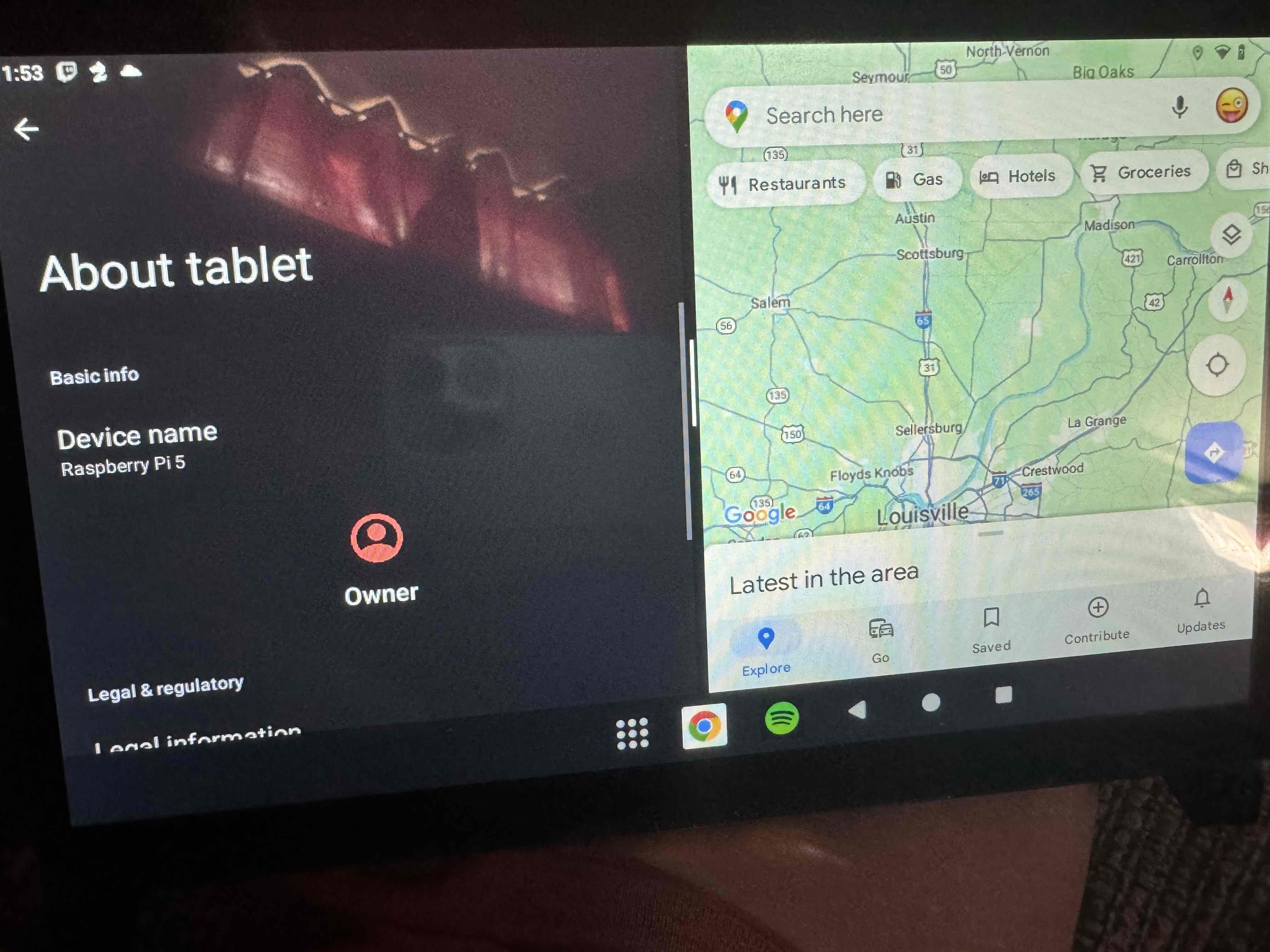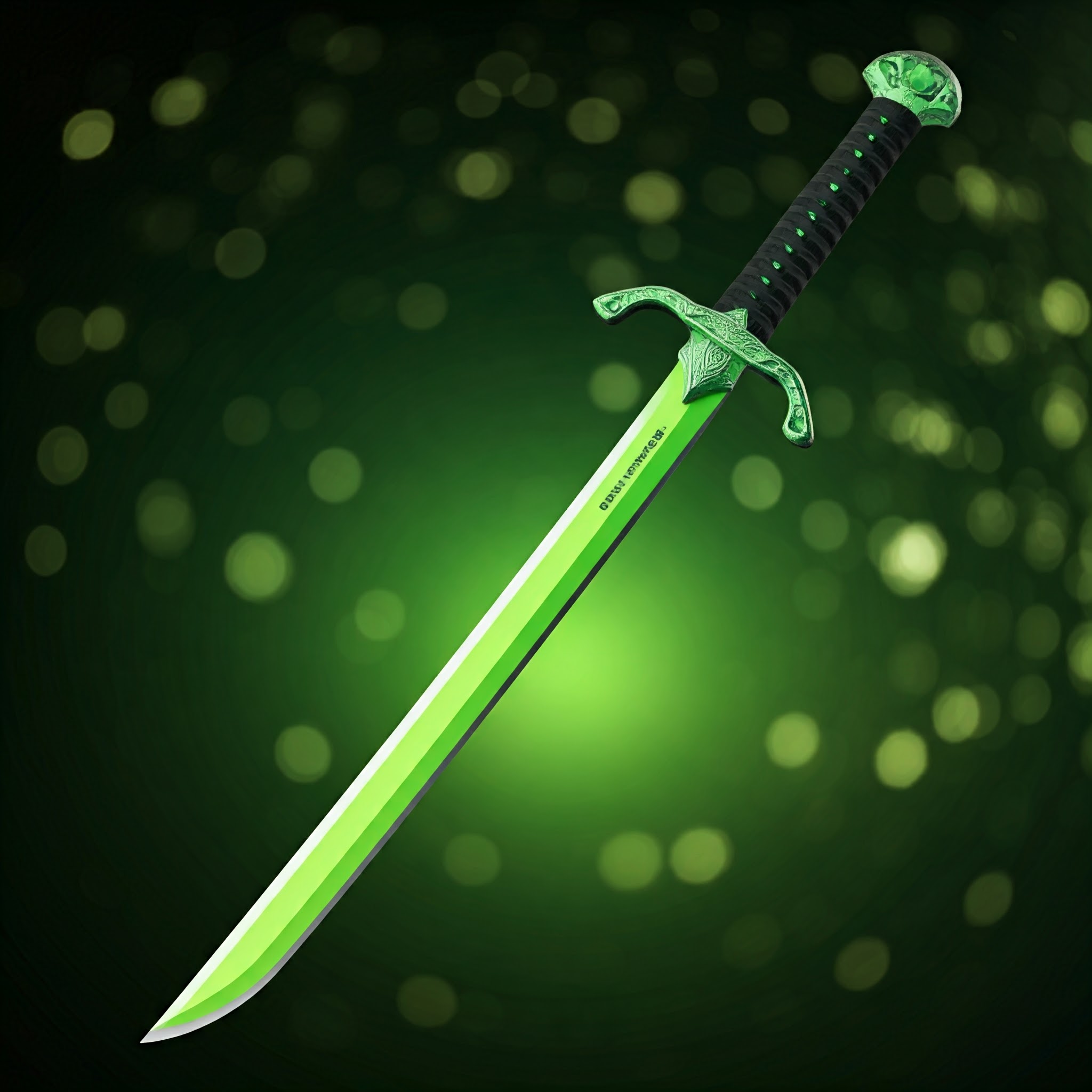Courtesy of KonstaKANG
My experience: Android on Raspberry Pi 5 has finally reached low end tablet performance, almost acceptable!
I flashed it on mine, and have a
10.1" 1024x60015" 1920x1080 touchscreen hooked up to HDMI/USB. I installed MindTheGApps to get Google Play and install stuff.Really wanted to check out Genshin Impact but Play says not compatible. Asphalt 9 is a stutterfest. High end games and web pages will make it suffer. At least it can just about handle angry birds 2 ¯\_(ツ)_/¯
I overclocked to 2.8 gigglehertz CPU and 950 MHz GPU and it’s a little better, it’ll multitask ok, but still I was hoping for something more from the $60 computer.
Maybe I’m expecting too much of it.
[edit: The display I originally chose to use was causing Android to limit to 30 fps; I switched to another and Android can render at 60 fps. The overall jank is gone, making me much more pleased with Android on the Pi 5, but it still can’t handle certain games]

This build of android doesn’t appear to be optimized for the pi. With optimisation, it should perform better barring chipset limitations. Anyways, how was the performance on the default OS and running Linux apps like Firefox, Chrome, etc. Was it smooth?
I tried it out for a bit and it’s ok, but I couldn’t get my preferred desktop touch environment to auto start on boot (KDE Plasma), and there aren’t as many apps/games available for Linux. Android was built for primarily-touchscreen use, and has a larger developer base, so I’d really like to get it working better.
Hmmm… this seems odd, based on the specs I expected the Pi 5 to offer a very solid Android experience, since they now use Cortex A76 CPUs. Same Microarchitecture as for example a Kirin 980 and Snapdragon 855 which to this day perform very well.
Matter of fact this comment was sent on an LG G8S using the 855
I was thinking the same thing. Maybe there’s more to the “.LITTLE” part of all those big.LITTLE chips, and stuff that normally gets thrown on the small cores is sucking the big ones dry on this CPU. I wish I knew more about Android and optimization along those lines.
It could also have a lot to do with the GPU. Even with my overclock, I could only manage probably 15-20 FPS on Asphalt 9. Honkai Star Rail installed but is unplayable (everything is pink and/or not rendered at all). Not sure what other games to try to get a feel for its capabilities
Average every day use is fine if you can get past the jank feeling of <= 30 FPS, though. Browsing, YouTube, Spotify, etc. all good, even split screen / PIP.
Yeah, Android when it comes to “smoothness” is an enigma to me. For games it makes sense since the GPU is weak. But for browsing and stuff it should be plenty fast.
You could also try to AOT compile apps with these adb commands to maybe get better performance:
adb shell pm compile -a -f --check-prof false -m everything
adb shell pm compile -a -f --check-prof false --compile-layouts
adb shell pm bg-dexopt-job
The first and third commands made things load up a bit quicker. Thanks! Second command seems to have been removed. I wish I could figure out what’s limiting the system to 30 fps on this display…it OUGHT to be able to handle 60 fps at this resolution
adb shell pm compile -a -f --check-prof false -m everything
adb shell pm compile -a -f --check-prof false --compile-layouts
adb shell pm bg-dexopt-job
What do these commands do? From 1st to last.
in short : Android apps contain dex bytecode, which through these commands get compiled into native machine code.
I know that. I was just asking what the actual adb commands do like the compile-layouts parameter, the last bgdexopt job. Why are all 3 necessary. Samsung has a galaxy app booster that appears to do something similar.
Ah, unfortunately I don’t know it either. I always saw these 3 mentioned when talking about the topic. My guess with the --compile-layouts flag would be that it maybe precalculates layout xml files to your exact screen size and resolution.
The microarchitecture may be the same, but the performance won’t be similar to snapdragon 855. The broadcom chipset is manufactured on a 16nm process, whereas the snapdragon was based around 7nm. Plus, it was octa core vs. the quad core of BCM. The videocore graphics also do not inspire that much confidence. The pink display issue also highlights driver issues. So, it appears to be a combination of all. With software improvements, things could change. But, genshin impact, honkai starrail are a little outside its league
Hugh, I always thought Microarchitecture * Clockspeed = CPU speed. I thought the node only matters in terms of power draw and thus heat output. Is this wrong?
Hmm, let’s see. Your microarchitecture and clock speed do dictate your processor performance. But, equally important is your process node. If it’s built on an inefficient node, it will take more power and produce more heat to provide the same and sometimes even worse performance as other chips built on a more efficient node.
This became so much clear when qualcomm released the snapdragon 8 gen 1 and the snapdragon 8 +gen 1. The 1st was built on a samsung node and performed poorly compared to its predecessors. The 8+gen 1 was built on an improved TSMC process, which actually improved performance and provided better battery life.
Then, there are times that your SoC implementation is poor. Like for example, the infamous snapdragon 810 (and 808). That was a dumpster fire full of throttling issues.
You can watch this geekerwan video to know more: https://youtu.be/s0ukXDnWlTY?si=U3yV7Rr88-5g7Lr_
Update: the 30 fps limit I’m experiencing with Android appears to be only with this display. I checked with another display I have at work that is 1920x1080 and Android renders at 60 fps. It doesn’t change the game performance any, but I wasn’t expecting it to–at least the 30 fps jank is gone through the rest of the system.



